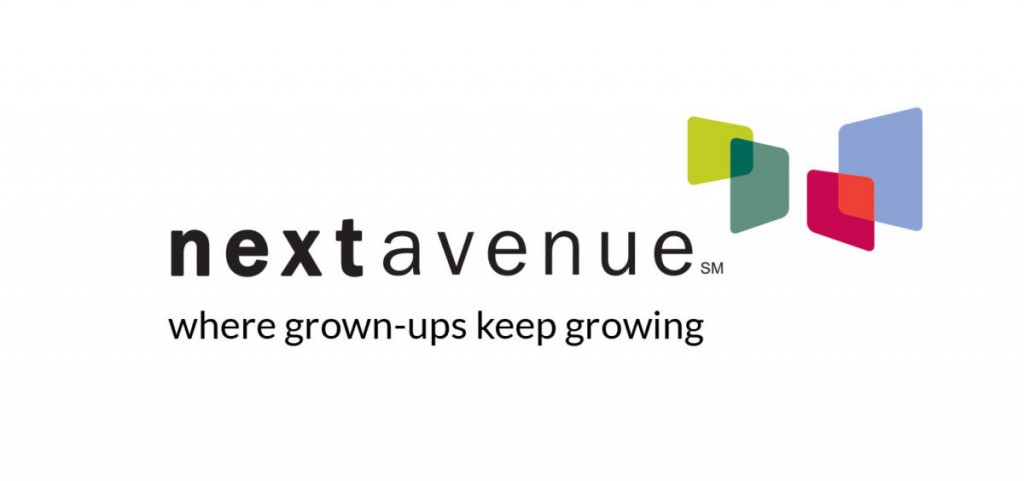Communiqué
Applying the Internship Model to Retirees
< < Back to ?p=180156By Carol Fishman Cohen / Next Avenue
(Next Avenue invited all our 2016 Influencers in Aging to write essays about the one thing they would like to change about aging. This is one of the essays.)
 Retirees should be paying close attention to the current conversation about women returning to work after a career break, especially through internships. The sense of urgency on the part of corporations to connect with the return-to-work population as a way of bringing more women into mid-to-senior roles and the use of internships to do so have direct implications for retirees anticipating a return to work at some point.
Retirees should be paying close attention to the current conversation about women returning to work after a career break, especially through internships. The sense of urgency on the part of corporations to connect with the return-to-work population as a way of bringing more women into mid-to-senior roles and the use of internships to do so have direct implications for retirees anticipating a return to work at some point.
“Relaunchers” are educated, experienced, mature, energetic and enthusiastic about jumping back into the workforce. Even better, post career-break, they are in a great life stage to do so, with fewer maternity leaves and fewer spousal or partner job relocations. The demographic is broadening to include women and men who’ve taken career breaks for reasons having nothing to do with child care: elder care, pursuing a personal interest or a personal health issue.
Why Relaunch Internships Work
Internships can serve as a testing ground for employers worried about hiring people returning to work after a multi-year career break. Not only can the company evaluate the intern based on an actual work sample, but the business doesn’t have to make the permanent hiring decision until the internship period is over. Plus, the reentry internship programs provide support, professional development, skills updating and a cohort structure, all of which aid the transition and produce impressive “conversion rates” — the percentage of interns becoming long-term hires when the program completes.
Once employers see how effective the internship model is to engage with return-to-work professionals, they can envision its effectiveness with other career transitioners.
Typically, the interns start together and progress through the program as a cohort, sometimes in different geographic areas. Programs usually last about 12 weeks, although some run as short as nine weeks or as long as six months. Wall Street was the first sector to embrace the reentry internship, with Goldman Sachs establishing a formal Returnship program in 2008, followed by JP Morgan, Morgan Stanley, Credit Suisse and MetLife. In 2015, the STEM Reentry Task Force launched — a joint initiative between the Society of Women Engineers and my company, iRelaunch. At this point, 13 (mostly) Fortune 500 Task Force-member companies have started (or plan to start) reentry internship programs for returning engineers and IT professionals. Examples include Booz Allen Hamilton’s Return to Work, Cummins RePower, GM’s Take 2 and IBM’s Tech Reentry. The OnRamp Fellowship in law and the nonprofit Path Forward in IT lead group reentry programs involving additional employers.
Converting Relaunched Interns to Employees
Particularly impressive in the evolution of these programs are their success rates and their ability to scale — conversion rates range from 50 to 100 percent. IBM and GM doubled the size of their programs and ran second cohorts in 2016; they’ll expand them again in 2017. Morgan Stanley expanded its Return to Work program to five international locations in two years. Moreover, in piloting a program, the employer has a structure and process for onboarding returning professionals in the future. As the program becomes more established and awareness grows, it becomes a significant recruiting tool for prospective employees.
Relaunched Retirees
So how does all this affect people who are considering returning to work full-time after trying retirement?
Once employers see first-hand how effective the internship model is as a way to engage with return-to-work professionals, they can envision its effectiveness with other groups of career transitioners.
We have already seen three companies use a similarly structured program to recruit Veterans — Goldman Sachs, Bank of America and UBS. Last October, the Society of Women Engineers annual conference featured a panel of interns from STEM Reentry Task Force programs and a woman in the audience explained she was 57, interested in returning to work and asked if there was an upper age limit on who could apply and participate. The employer managers responded: No.
The practice of retirees coming out of retirement to return to work part-time at their old employers gained some steam a couple of years ago and has even been given a name: “boomeranging.” The institutional knowledge and subject matter expertise boomerangers possess, plus their availability to pinch hit during crunch times can be a great asset for companies.
Boomeranging Back to Work
The boomeranging concept sets the stage for employer engagement with retirees who are not alumni, but may have worked in the same field for a different employer or who have transferable skills.
Today’s conversation is about using internships to help women return to work after a career break. Tomorrow’s conversation is about applying this concept to engage with career transitioners of all kinds — retirees coming out of retirement, veterans transitioning to civilian roles, transitioning military spouses and repatriating ex-pats — in addition to the growing number of men returning from career breaks for caregiving reasons.
Forward-thinking companies will have career reentry programs in place to make sure they are engaging with their high-performing employees through all their life stages, including post-retirement.
(Disclosure: the financial services firms, STEM Reentry Task Force companies, and the Society of Women Engineers work with iRelaunch.)
© Twin Cities Public Television – 2017. All rights reserved.

